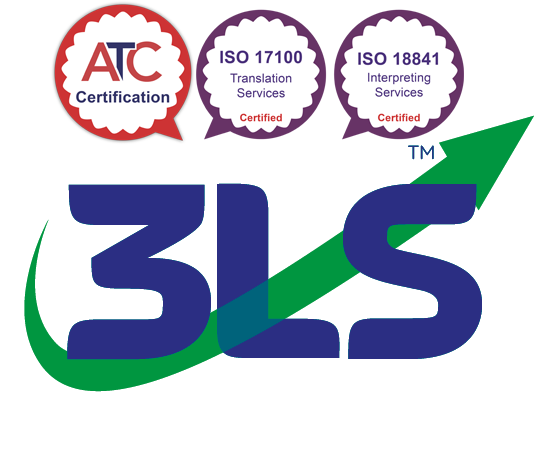Remote interpreting & telephone interpreting solutions
Remote interpreting by video, phone or web for medical, hospital, business, social, legal, insurance…
Telephone interpreting or other remote interpreting solutions offer language interpreting without the interpreter being physically present, allowing interpreting delivery where geographical or other constraints make face-to-face (“F2F”) difficult or impossible. While significantly less effective than face-to-face interpreting – especially for business, public sector, legal and in particular medical – a remote or telephone interpreter can in the right circumstances offer a reasonable alternative.
Remote interpreting solutions can also work in conference interpreting with the right set-up, but it’s essential to check first with your technical provider to ensure they’re familiar with this – many aren’t.
Telephone interpreting is the most-requested remote interpreting format, but other solutions include Skype, WhatsApp, Zoom, Teams and clients’ own portals. A number of dedicated conference interpreting platforms also exist. We work with all the main telephone and remote interpreting systems.
Get a Free Quote Free consultationBenefits of telephone or remote interpreting
Firstly, few interpreters exist in the UK for some languages and they’re in very high demand. For them to deliver face-to-face interpreting outside their local area takes them away from higher-earning work, so they’re reluctant to travel.
This makes face-to-face provision of these languages a challenge that remote interpreting can overcome, albeit recognising the format’s drawbacks. Our global linguist network allows us to draw on a wide range of non-UK resident interpreters (all of course signed-up to our confidentiality agreement).
Secondly, some situations – as we saw with Covid – may prevent even local travel. Remote interpreting allows an essential service to still be provided.
Thirdly of course, cost is factor. Since remote interpreting incurs no travel time or expenses, some cost savings are possible. However, those must be carefully weighed against the drawbacks of the format. That’s particularly the case for telephone interpreting.

Drawbacks of telephone or remote interpreting
The telephone interpreter in particular is deprived of the normal visual cues – expression, demeanour or gestures – that are so important in conversation. This hinders telephone interpreters – in fact really all remote interpreting – from performing as well as a they would face-to-face. That’s equally true of a business meeting as it is of a hospital appointment. For anything really important, we’d always recommend F2F – the format that for the above reasons is the one most requested by our hospital and medical clients.
Audio-visual remote interpreting – via for example WhatsApp – is better, but as anyone who’s ever video-conferenced knows the difference in communication between watching someone onscreen, and “being there” in person, is enormous.
That’s especially true for a small mobile or tablet screen, which is how remote interpreters often find themselves working. Video also needs more bandwidth than voice alone, so is very dependent on signal quality. That means it can often struggles even with a decent broadband connection.
A further – and important – factor is the reassurance the presence of a human interpreter brings. We’ve delivered thousands of hours of interpreting to refugees, working with social care and medical staff. While feedback is always positive, it’s very clear from our follow-ups that interviews and appointments achieve far more, far quicker, in a face-to-face format than they do using remote or telephone interpreting – issues that are explored well in this publication from the University of Surrey.
One last consideration of course is that a remote interpreter can offer only very limited assistance with documents or paperwork.
